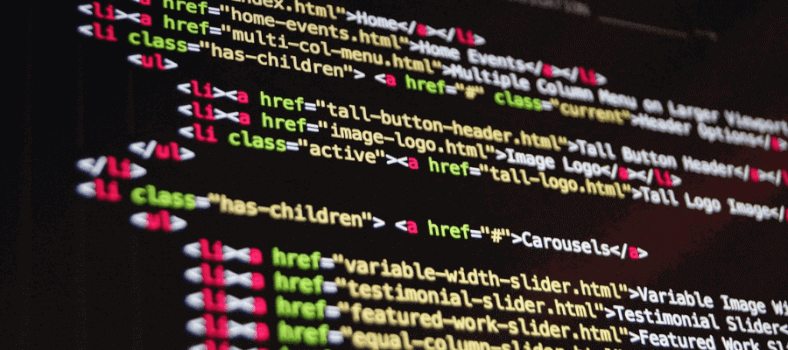Hopefully we all know that it is people who write software code.
But depending on what these people do with this code will determine if it is closed source or open source.
When a developer is happy that his/her new version code is ready to be released, the software is then compiled into executable code.
If only this executable code is offered to the public and not the source code then we call this closed source.
However, if the developer offers his/her code to the public BEFORE it is compiled into executable code then we call this open source.
Anyone can modify a software program if they have access to the source code.
But no one can modify a software program after it has been compiled into executable, binary code.
Some programming languages don’t compile the source code at all and it is interpreted during run-time. We call these scripted languages.
Because scripted languages are always in “open-source” format, businesses who are only creating software to make money won’t write their software products with these languages.
